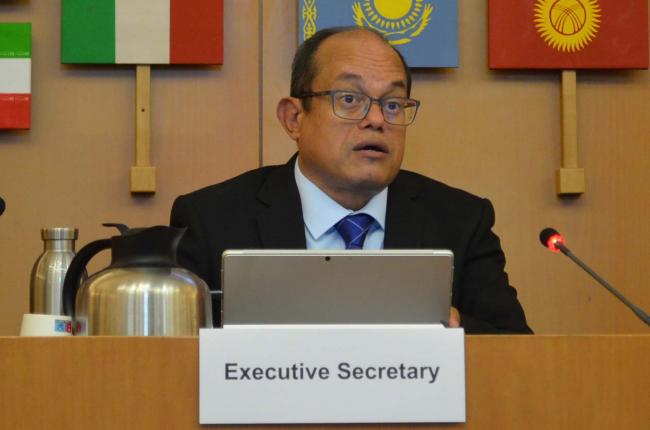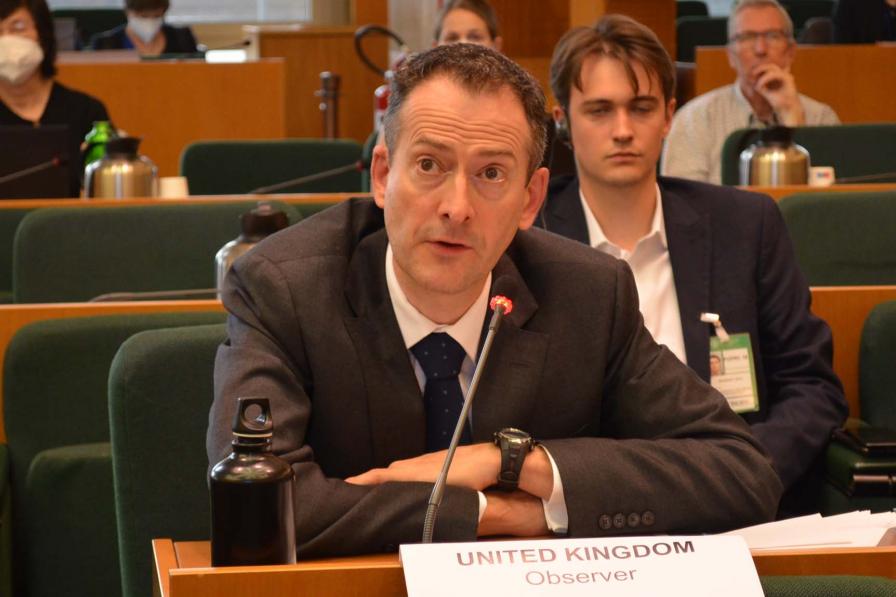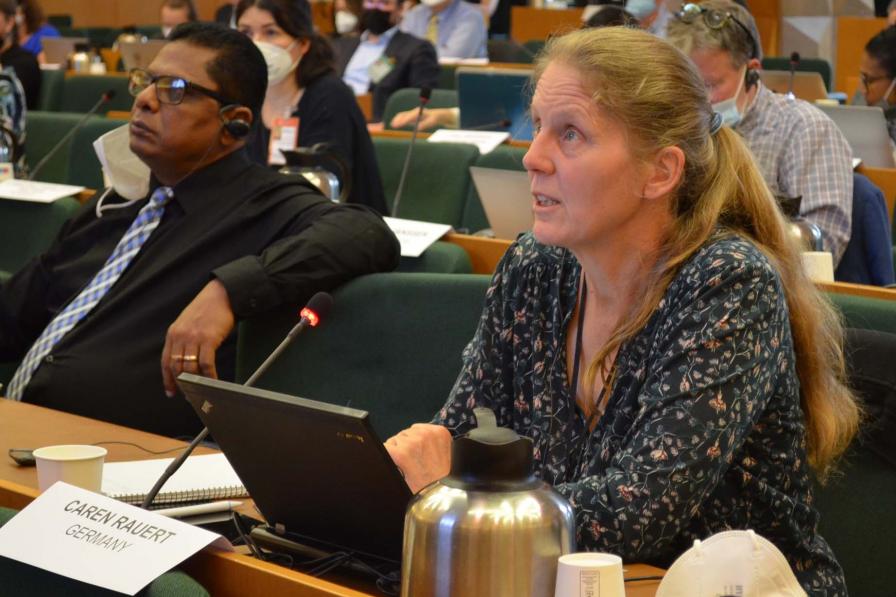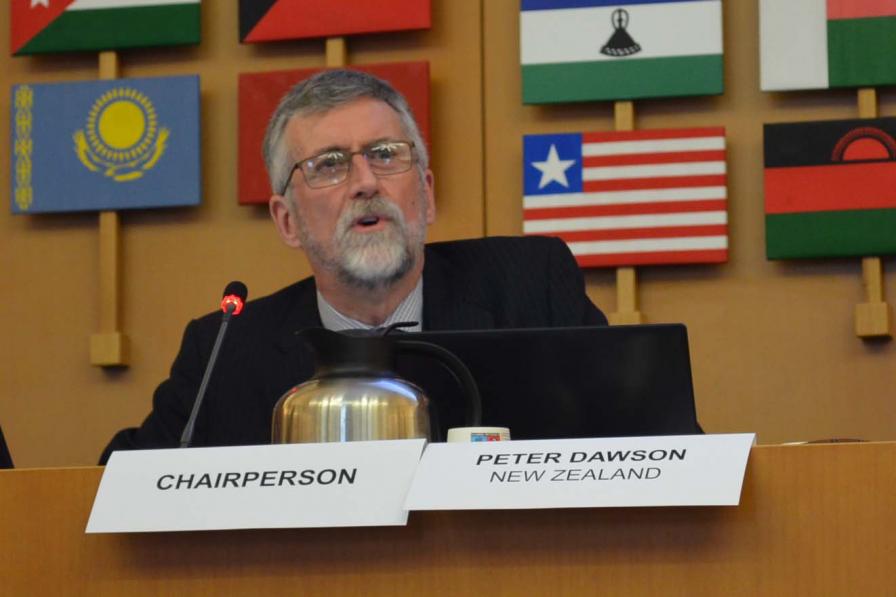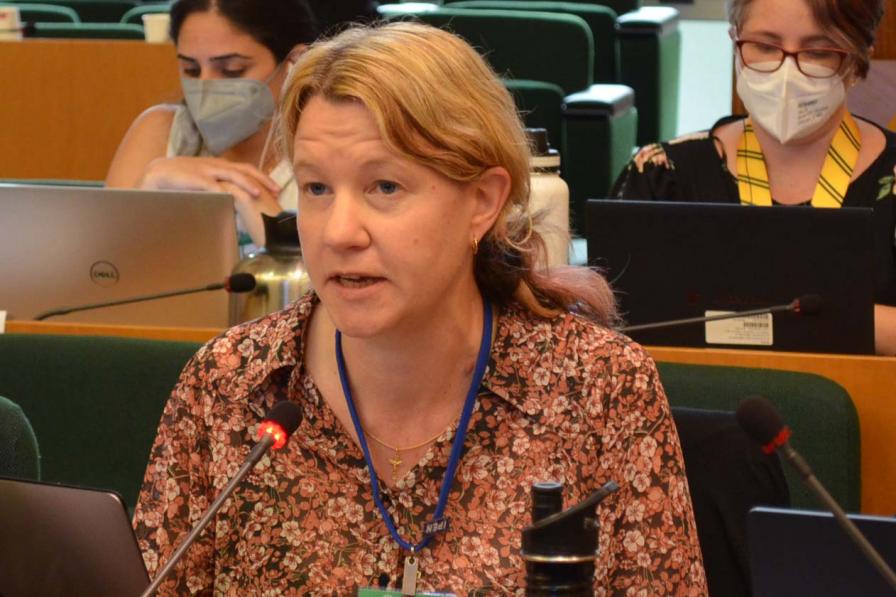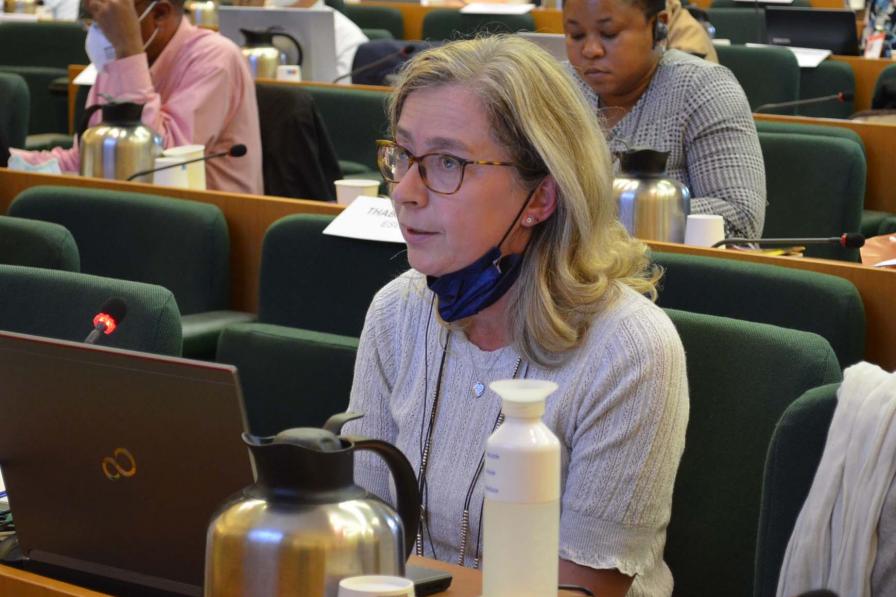As the Persistent Organic Pollutants Review Committee (POPRC) opened, several noted the complexities inherent in its full agenda. The day proceeded at pace, with the Committee beginning work on the three draft risk profiles and both draft risk management evaluations before it. By the end of the day, all the major issues were open and work began.
Rolph Payet, Executive Secretary of the Basel, Rotterdam, and Stockholm (BRS) Conventions, noted that POPRC is reviewing chemicals present in a wide range of products, including plastics. POPRC Chair Peter Dawson (New Zealand) welcomed new members and recalled the step-by-step approach of POPRC’s work, urging members to focus on the criteria relevant at each stage of the review.
Draft Risk Profiles
Draft risk profiles are prepared to allow the POPRC to determine if a chemical fulfils the criteria to be considered a POP under the Stockholm Convention, and if global action is therefore warranted. For each of the three chemicals at this stage of POPRC’s review, contact groups were established to allow for further work on the draft risk profiles.
The Committee began its work by considering the draft risk profile for chlorpyrifos, an organophosphate pesticide used on crops, animals, and buildings, to kill pests and insects. Members noted the large quantities of this chemical produced and used, particularly in developing countries. There were initial discussions over whether the criteria for persistence, bioaccumulation, and long-range environmental transport were met.
The Committee then considered the draft risk profile for chlorinated paraffins with carbon chain lengths in the range C14–17 and chlorination levels at or exceeding 45 percent chlorine by weight, often referred to in discussions as “medium-chain chlorinated paraffins” (MCCPs). The scope of the chemical in particular sparked discussion. This is a complex set of chemicals, varying by chain length and level of chlorination. These chemicals are used in flame retardants, waterproof coatings, and in consumer products such as plastics and paints.
Attention then turned to long-chain perfluorocarboxylic acids (LC-PFCAs), their salts and related compounds. These substances are used in water and oil-resistant coatings in a wide range of consumer products. Participants highlighted the detection of LC-PFCAs in humans, notably Arctic Indigenous Peoples. Questions were raised regarding the evidence in the risk profile relating to the longer-chain PFCAs.
Draft Risk Management Evaluations
Draft risk management evaluations set out the production and uses, costs, and benefits of management options for the chemicals under this final stage of POPRC review. At this stage, the POPRC can recommend that the chemical’s production and use should be eliminated or restricted. The Committee can also identify some uses where the chemical might still be needed for a time-limited period. Contact groups were established to continue discussions on both chemicals at this stage of review.
Currently, Dechlorane Plus is produced by one facility and used in many and varied products, from parts in motor vehicles to medical devices. The Committee discussed a recommendation to eliminate production and use, but debated whether, and how long, to allow various exemptions for legacy spare parts in a variety of vehicles and machines, aerospace and defense operations, and medical imaging and radiotherapy devices.
UV-328 is used in many of the same applications as Dechlorane Plus, but while Dechlorane Plus is a flame retardant, UV-328 is typically used as a ultra violet (UV) ray stabilizer. Discussing a recommendation to eliminate production and use, many interventions focused on the need for exemptions while balancing the need to avoid regrettable substitutions.
Contact groups met in the evening to continue deliberations on chlorpyrifos and Dechlorane Plus.
To receive free coverage of global environmental events delivered to your inbox, subscribe to the ENB Update newsletter.

